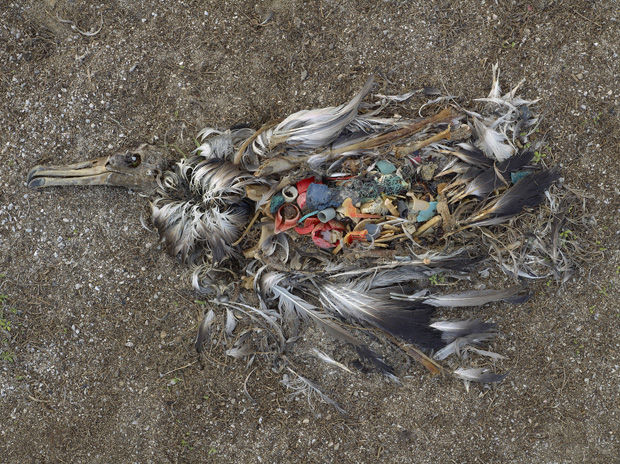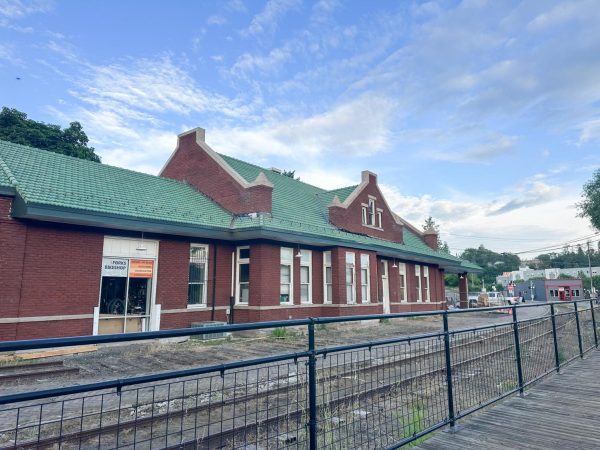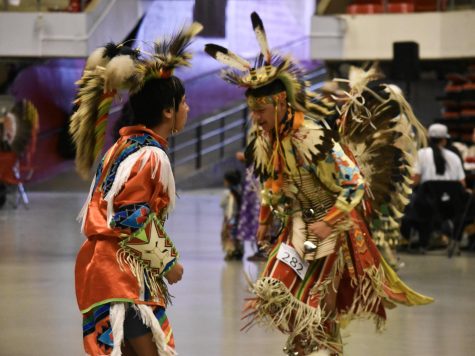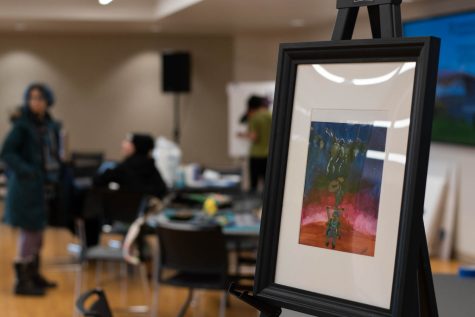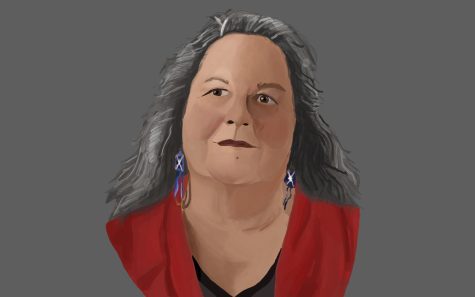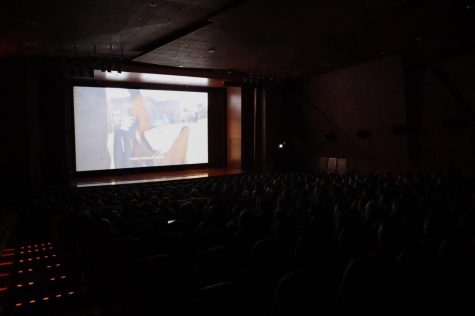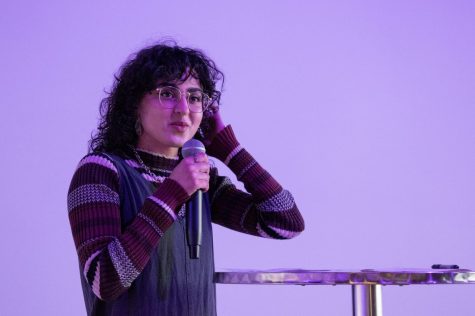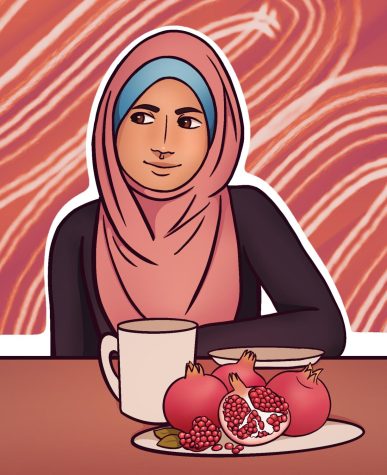Not plastic’s problem; environment artist lectures on pollution
February 25, 2015
Plastic and pollutants fill our oceans and choke our wildlife. And yet, Chris Jordan, photographer and guest artist speaker, argues the pollution problem lies not in our oceans but in our culture.
Jordan will present “Encountering Midway: A Barometer for Our Culture and Our World” at 7 p.m. Thursday in the CUB Auditorium. The event is co-sponsored by the WSU Common Reading Program and SEB.
Karen Weathermon, Common Reading Program co-chair, said Jordan was an ideal choice to speak because his message ties in readily with the common reading book “Garbology” by Edward Humes. “Garbology” was chosen as a theme because it applies to students in every area of study, she said. Christopher Bruce, WSU Museum of Art director, played a role in bringing Jordan to campus, she said.
“Chris is just incredible at bringing that information into a visual context,” Bruce said.
Chris Jordan’s exhibit “Running the Numbers” was shown at the WSU museum of Art January through April of 2009. The museum worked with Jordan to put the exhibition together as well as an accompanying book that’s been distributed around the world, Bruce said. The images in the exhibit were visual representations of the amount of waste America constantly produces, he said. For instance, a 10-foot wide image of Jordan’s shows the number of aluminum cans used in the U.S. every 30 seconds.
“He presents it so that you get it,” Bruce said, “to understand the vastness of what we throw away every day, every minute.”
Jordan makes really beautiful images that also show important information, he said. One photo in the collection at first glance looks like a vast arctic tundra, but is actually 2 million plastic water bottles, he said.
“From that exhibit our staff has all stopped using plastic water bottles,” Bruce said.
During his investigations of plastic pollution in oceans, Jordan was directed toward Midway Atoll, a small island in the Pacific Ocean thousands of miles away from anything, he said. On the island he discovered birds had mistakenly fed their young lethal amounts of plastic from the ocean, he said. The result was 10s of thousands of dead albatross birds, choked to death by garbage, he said.
“They’re really beautiful, but heartbreaking photos of these birds,” Weathermon said.
Despite the visual impact of thousands of birds choked to death by garbage, Jordan said the real problem is inside of us.
“A lot of activists point to those problems out there, ‘we have to fix those problems out there,’” Jordan said.
Jordan said he loves the environment and considers himself and everyone who lives in an environment to be an environmentalist. However, he said he considers culture, not the environment, to be the subject of his photography. He is interested in shifting our culture. The massive pollution on our planet is really a symptom of a cultural disconnect between ourselves and nature, he said.
“It’s so hard to really comprehend the amount of waste, the amount of resources we dump on this planet,” Bruce said.
Not only does Jordan create powerful images, but Bruce said he is also one of the most articulate speakers he knows. Jordan’s presentation brings to light our culture’s terrifying disinterest in the midst of a horror story of garbage.


